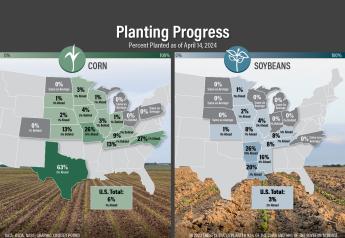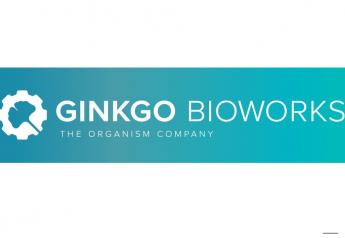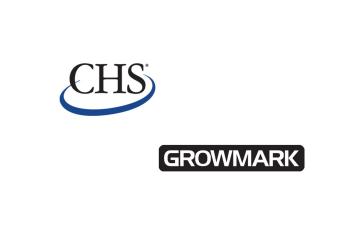From Now To The Future: Technology Builds The Bridge

The upcoming shifts in workforce demographics are causing leaders to recognize the need to make changes.
The team at Ceres Solutions, an Indiana-based co-op, engaged in a strategy exercise to envision the business in 2030 and consider what it will require to have a vibrant and relevant business.
“We want to answer, “What do we need to do in the next eight years?” says Drew Garretson, Ceres Solutions director of digital experience.
Across the business segments, one takeaway was clear. Technology is a driver for Ceres’ success.
Company analysis has shown full-time employees who consider themselves “native users” of technology will be 60% of the team by 2030.

TWO-PRONGED BENEFIT
“We have to do our job with fewer resources than in the past,” Garretson says. “We have to be more efficient with people, processes and assets.”
In that way, technology can help identify where to find efficiencies as well as automate manual tasks.
But beyond the traditional thought of return on investment, Garretson says the real power of technology is as a recruitment and talent retention tool.
“I wouldn’t go work for an organization that didn’t have the leading technology. It’s a recruiting tool,” he says. “And it’s going to be how our employees and our customers measure the value of our business.”
Leaders at Ceres Solutions are making these investments to digitize the business because their perspective is it will be the new measuring stick for long-term success.
“Our future employees and our future farmer-customers will judge us by our use of technology,” he says. “When we go recruit the sales agronomist of the future, they’ll ask questions about how we will enable them to be efficient in what they do.”
ADOPTION AND ADAPTATION
Garretson acknowledges the COVID-19 pandemic sped up the adoption process to make things go digital faster. However, Ceres leadership is keenly focused on adoption and getting it fast-tracked to reach its goals by 2030. That doesn’t mean full throttle, as successful long-term change requires a measured approach.
To knock down the barriers to buy-in, Garretson says the co-op’s leadership is focusing on the “why” when introducing the strategy and what is required of its employees.
“The biggest hurdle will be the ability for our people to be willing to change the way they are doing things,” he says. “I’m committed to our internal team and our stakeholders being well informed along the journey as we invest in these new tools.”
Digging into the why focuses on two key benefits:
- Convenience
- Make it easier to do business, and modernize the customer experience.
- Farmers are adopting digital technology. As consolidation continues and the generational turn happens at the farm gate, decision-makers will demand digital.
- Efficiencies
- Drive down cost by being efficient with our processes, time, people and assets.
- Drive out complexities to be competitive; lower product margins dictate more effective processes.
BUILDING BLOCK SUCCESSES
With its digital roadmap, Ceres then engaged partners who can help execute.
With 250 total pieces of application equipment, the company rolled out a telemetry project with Solinftec to measure use of the fleet. Ceres maintains more than 60 locations serving a 580-mile range.
“We can’t address the labor situation with more labor—it will have to be done with more efficient labor,” Garretson says. “Almost 30% of the orders through our system were serviced by a location which was not the closest. I believe we can service the same acres more efficiently with half the equipment. The number of application machines we have isn’t important. It’s about the acres we cover and how we get the job done. Our strategy for 2030 is to invest in the long-term assets needed to exist to serve as a more regional hub of tomorrow.”
Realizing these types of gains has supported additional technology projects, such as drone sprayers.
“We just bought four drone sprayers to cover the 10% of corn acres that we can’t treat with aerial applications otherwise,” he says. “The retailer of tomorrow will have these as part of their fleet.”
SO WHAT’S THE END GOAL?
100% digital customer experience:
- Easy to do business with
- Value-added experience
- Quality services
100% business experience:
- Decreasing resources
- Cost savings
- Automated processes
Dive Deep In A Shallow Labor Pool
Across industries, leaders are struggling to find the needed workers to fulfill labor demands. “By many metrics, the labor market appears to be unusually tight,” said Esther George, president and chief executive officer of the Federal Reserve Bank of Kansas City. “The number of posted job vacancies is the highest on record. Hiring and retaining workers is an acute challenge.” The KC Fed recently hosted a symposium dedicated to labor in agriculture. In this video, Nate Kauffman, vice president, economist and Omaha branch executive, talks about the demand for labor across agriculture and the supply chain.







